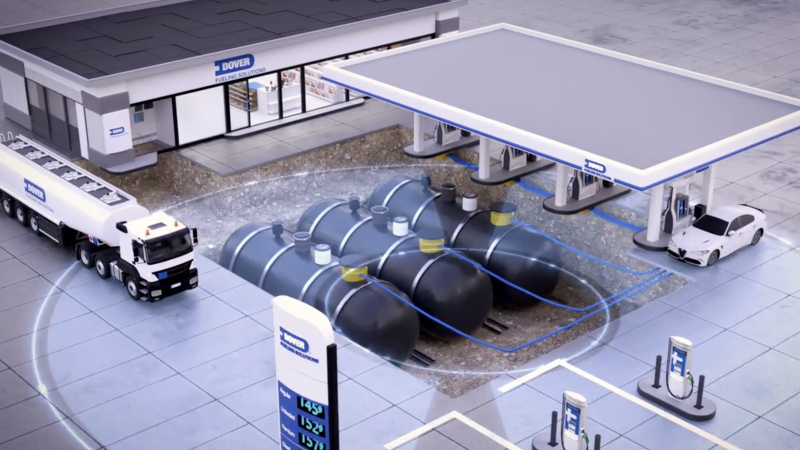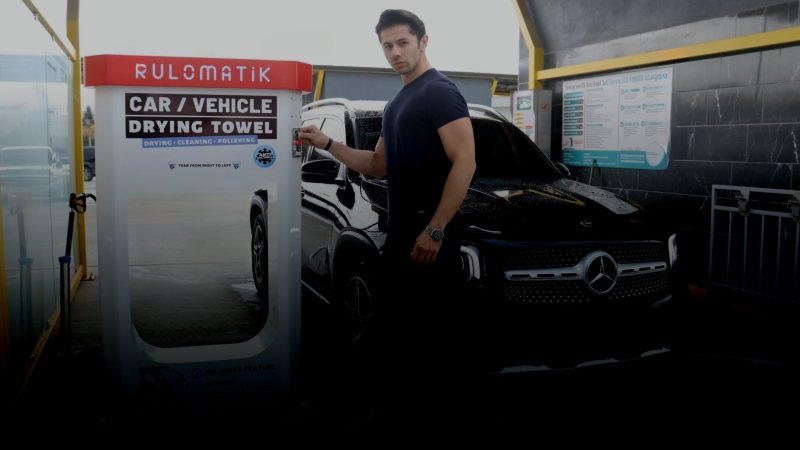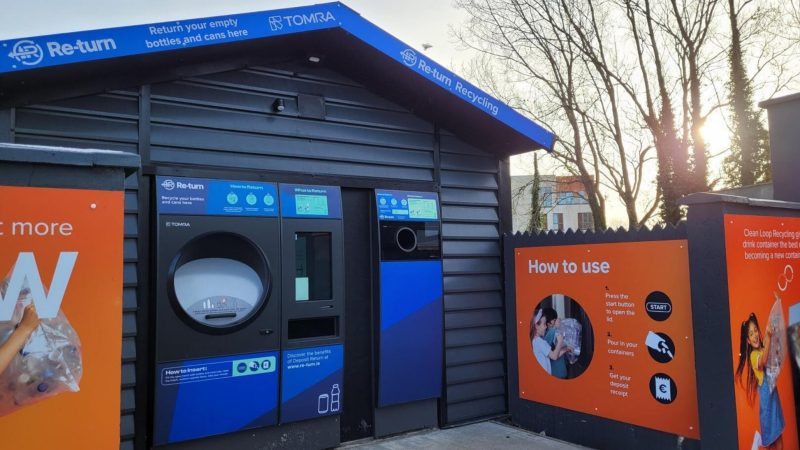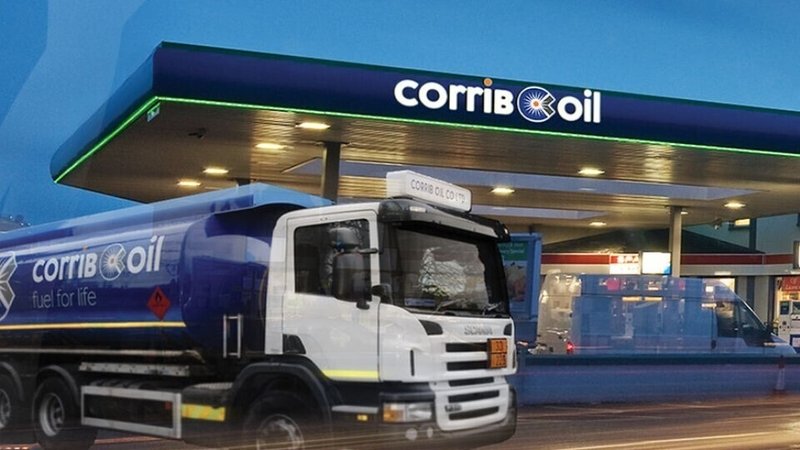Accutrace S-10 – The end of fuel laundering?
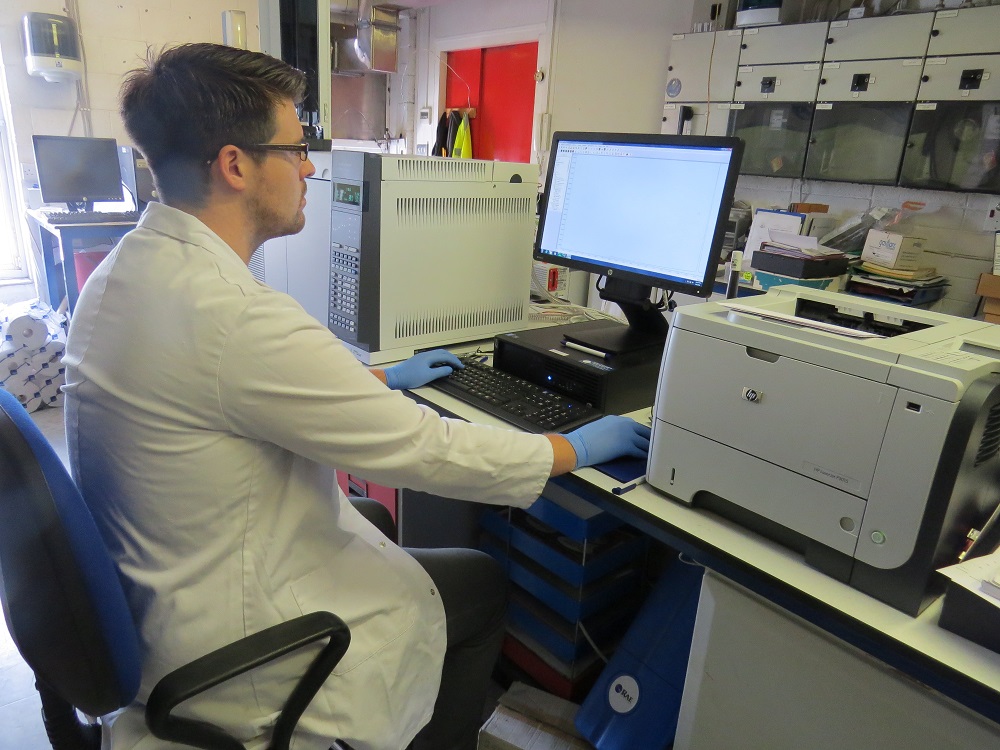
What’s different about the additive that the Revenue Commissioners have chosen for the new marked gas oil dye?
Why were the dyes – Euromarker and solvent blue 79 – considered ineffective markers, too easily removed by fuel launderers, and leading to a loss of revenue going into hundreds of millions of euro? The answer lies in the chemical structure of the two dyes.
Chemically, these two dyes dissolve in diesel/gas oil but they can also be quite easily separated from it. This has led fuel launderers to use chemicals like hydrochloric acid to remove the dye Euromarker, and various resins and clays to remove Solvent Blue 79. Quantitative measurement of these dyes is also straightforward – using an extraction process and measuring UV absorption with a spectrophotometer instrument. The latter would be an ordinary enough instrument in a modern laboratory.
Testing for Euromarker can be carried out with a roadside check by the Customs, and if the oil result looks suspicious, the sample can be sent to the laboratory. But the ease of extraction also leads to fuel launderers mimicking this method in the dye removal. A consequence of this has been the successful development of economically viable methods of removing the dyes. The hunt for the ultimate non-removable additive was on, and last year the British and Irish Revenue Commissioners decided that the Accutrace S-10 molecular marker was the answer.
What’s different about Accutrace S-10?
They want to make this new additive as difficult as possible to remove. Think about diesel/marked gas oil as containing hundreds of compounds/chemicals, all belonging to the same family. An additive is chosen that is very similar to these compounds/chemicals, then is added to the fuel.
This gives two distinct advantages. First, you have to find the compound – and to do this you have to use a highly sophisticated instrument – a GC mass spectrometer set up specifically for this method. This instrument can identify molecular structures and measure down to extremely low concentration levels. The second advantage is – having found and identified Accutrace S-10, how do you technically remove it in a way that is economically viable for the launderers. These two problems have definitely slowed up the growth of laundered fuel but does it really mean the end?
The state of play
Any technical problem can be solved if you throw enough time and expertise at it. And no doubt there are people working on the removal of Accutrace, within the technical and economic constraints that the fuel launderers operate under. But so far the advantage does seem to be with the Revenue Commissioners – that is not to say it will stay with them indefinitely. It is widely believed in the industry that it is only a matter of time before the fuel launderers develop an economic and technically feasible method of Accutrace S-10 removal.
The solution
While the fuel launderers experiment, unsuspecting motorists are still being subjected to new “Cocktails” which will almost certainly lead to short and long term problems. So what can you do to protect yourselves? Source your fuel from a company with a record for integrity and quality control. Remember, the only sure way to check for bone fide fuel is an analysis for Accutrace S-10. If this is present and the other two dyes are not, the fuel has almost certainly undergone a laundering process and the Revenue Commissioner will prosecute. Contact us and we will set up a Quality Program to address your concerns within any budget limit. The Accutrace-free results will assure motorists/hauliers of the integrity of your product, increase the loyalty of existing customers and grow sales in an unstable, uncertain market.
Independent Laboratory Ltd, www.indlab.ie, 0035312401374.


